Azerbaijan: A Tapestry of Cultures and Nations
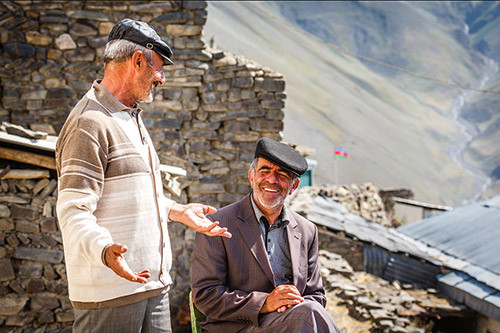
Azerbaijan is more than a nation bridging Europe and Asia — it is a vibrant archive of ancient civilizations and diverse cultures. Despite its relatively compact size, the Republic of Azerbaijan is home to more than 100 ethnic groups, each contributing its own cultural identity to the nation's colorful mosaic. Here, people of different faiths, languages, and traditions coexist peacefully, offering the world a powerful example of real multiculturalism.
Lezgins – Guardians of the Northern Highlands
In the serene village of Laza in the Gusar region, the day begins with the murmur of mountain streams and birdsong echoing off the cliffs. An elderly woman hums a folk tune as she bakes khiran fu, a traditional Lezgin bread, while her grandchildren greet her with cheerful voices: “Paqaman libisar ghuy!” — “Good morning!”
Lezgins represent the second-largest ethnic community in Azerbaijan, with a population of approximately 200,000, mainly residing in the mountainous regions of Gusar, Guba, and nearby areas. Known for their poetry, music, dance, and rich cuisine, Lezgins carry on traditions that reflect the spirit of the Caucasus.
Persians, Talysh, and Tats – A Bridge Between the East and the Caucasus
The southern regions of Azerbaijan — including Lankaran, Astara, and Ismayilli — are home to ethnic Persians and their subgroups: the Talysh, Tats, and Dagli. These communities have preserved their native languages, customs, and crafts over centuries. Interestingly, nearly 15% of words in modern Azerbaijani have Persian roots, reflecting their linguistic influence.
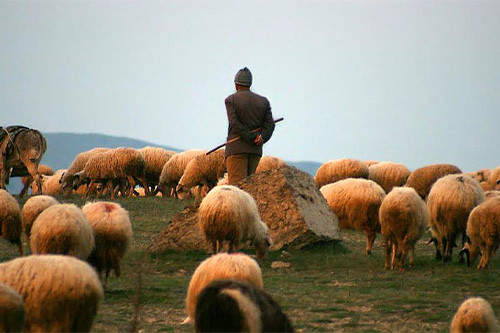
Tats – Keepers of Mountain Artistry and Ancestral Language.
Tats are among the oldest ethnic groups in Azerbaijan, tracing their ancestry to Persian-speaking tribes of antiquity. Today, they inhabit regions such as Ismayilli, Shamakhi, and Absheron, with the mountain village of Lahij standing out as a cultural gem.
Famous for its cobbled streets, copper workshops, and centuries-old craft traditions, Lahij is a living museum of traditional metalwork, carpet weaving, and woodworking. The Tat language, though endangered, is still spoken by villagers, preserving an ancient voice through song, proverbs, and oral lore.
Mountain Jews – Keepers of a Unique Faith and Heritage
In the Guba district lies Krasnaya Sloboda, the only all-Jewish settlement in the former Soviet Union. Known as Mountain Jews, these communities descended from Persian Jews who adopted Judaism centuries ago. Today, they uphold a rich spiritual and cultural heritage, making this town a fascinating stop for cultural travelers.
Russians – Cultivating Tradition in Azerbaijani Soil
Russians form the third-largest ethnic group in Azerbaijan. While many live in cities such as Baku, Ganja, Sumgayit, and Mingachevir, the rural village of Ivanovka in the Ismayilli region offers a unique glimpse into Russian agrarian life.
Founded in the 1840s by Molokan settlers, Ivanovka today thrives on agriculture, choral music, and a sense of community rarely found elsewhere. Imagine a shepherd beneath Mount Quton, reflecting on life while watching his flock graze — a symbol of a simple, harmonious existence.
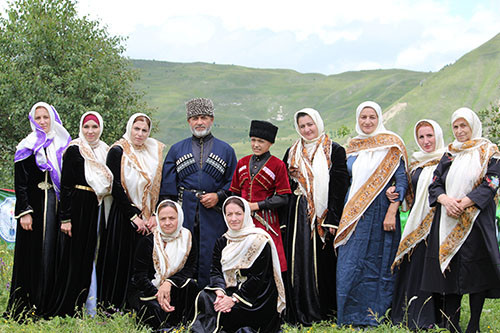
Avars – Carriers of Ancient Mountain Traditions
In the northern districts of Balakan and Zaqatala, the Avar people maintain age-old customs, including a poetic form of matchmaking. Without saying a word about marriage, a mother of the groom delivers a freshly baked loaf of bread to the prospective bride’s home. If the bread is returned wrapped in a cloth — it’s a silent "yes." If not, it speaks volumes.
Udis – Living Legacy of Caucasian Albania
In Nij, a village in the Gabala region, live the Udi people, direct descendants of the ancient Caucasian Albanians. Their language, Udi, contains up to 85% of vocabulary from the extinct Albanian tongue. Visiting Nij is like stepping into a living time capsule — where ancient faith, language, and customs are still very much alive.
Unity in Diversity: The Spirit of Azerbaijan
Azerbaijan's ethnic groups form a vibrant cultural carpet — each thread unique, yet beautifully interwoven into a cohesive design. Today, over 10 million citizens of diverse backgrounds live under one flag, proudly calling themselves Azerbaijanis.
What makes Azerbaijan truly special is not just its historical monuments or landscapes, but the people who embody living history — through their languages, dances, customs, and even bread recipes passed down for generations.
Every village has a story. Every ethnic group is a verse in the poem of Azerbaijan. And as long as these cultures sing, craft, and speak — the soul of the nation continues to thrive.

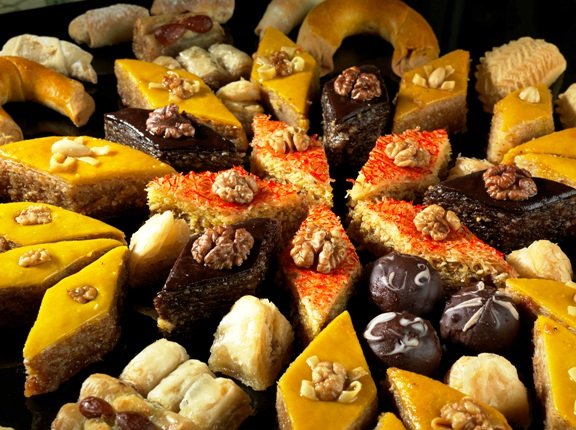
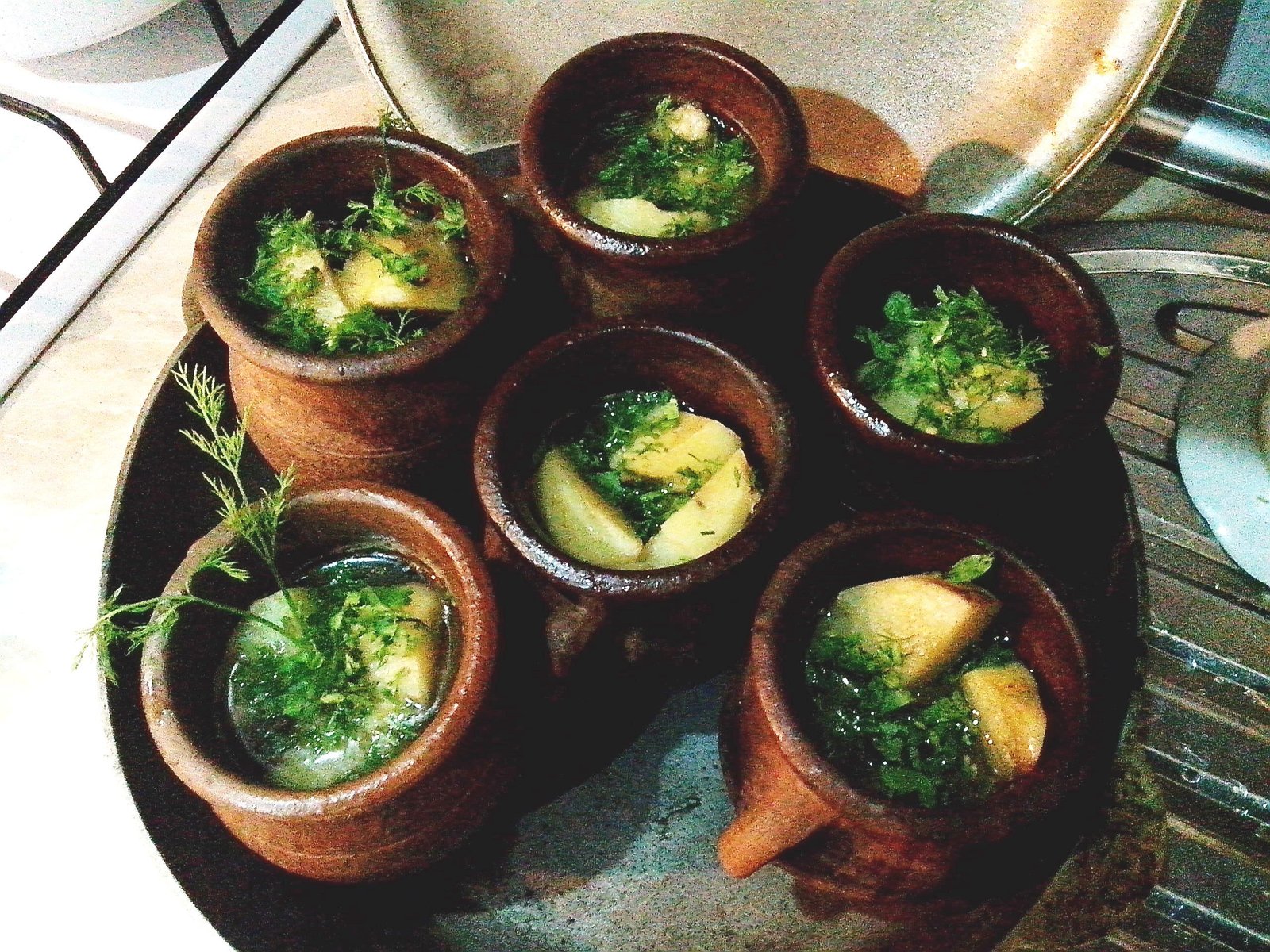
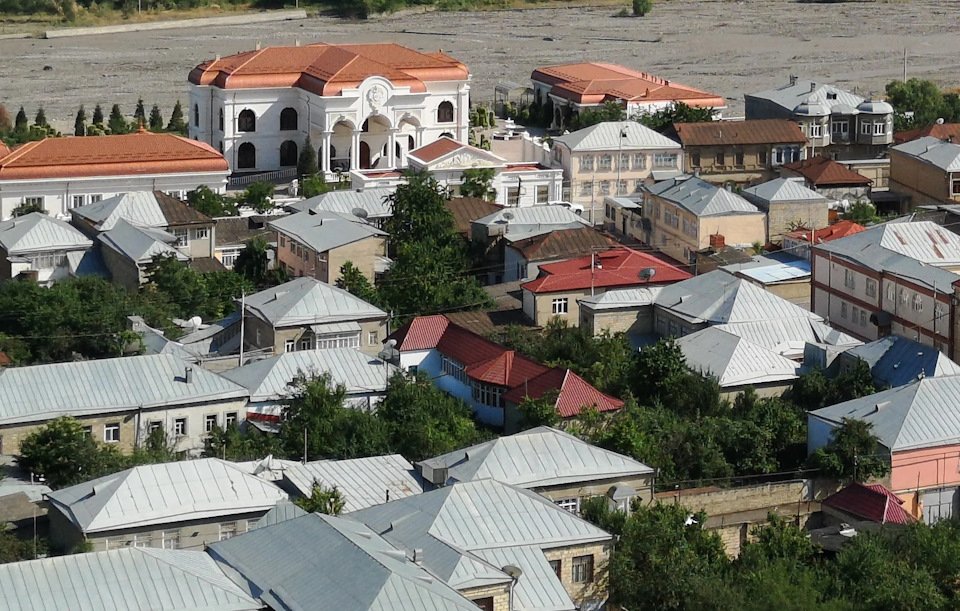
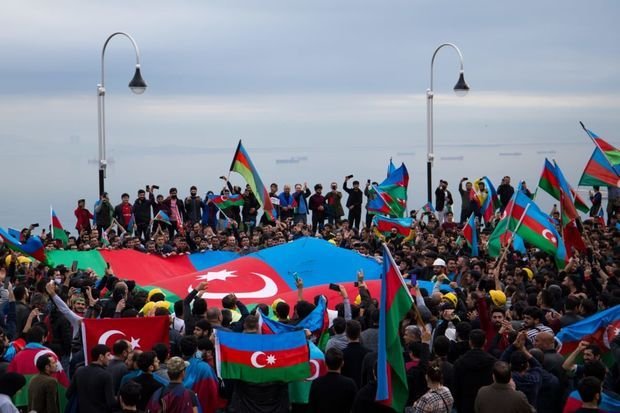
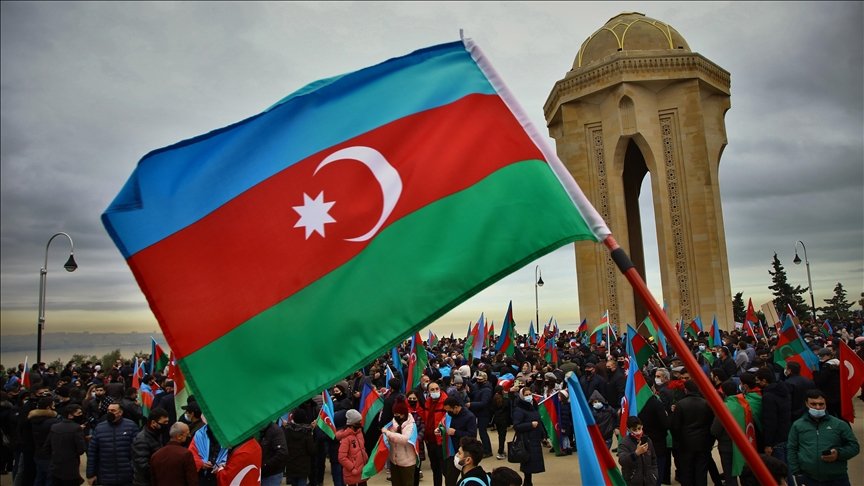

.jpg)
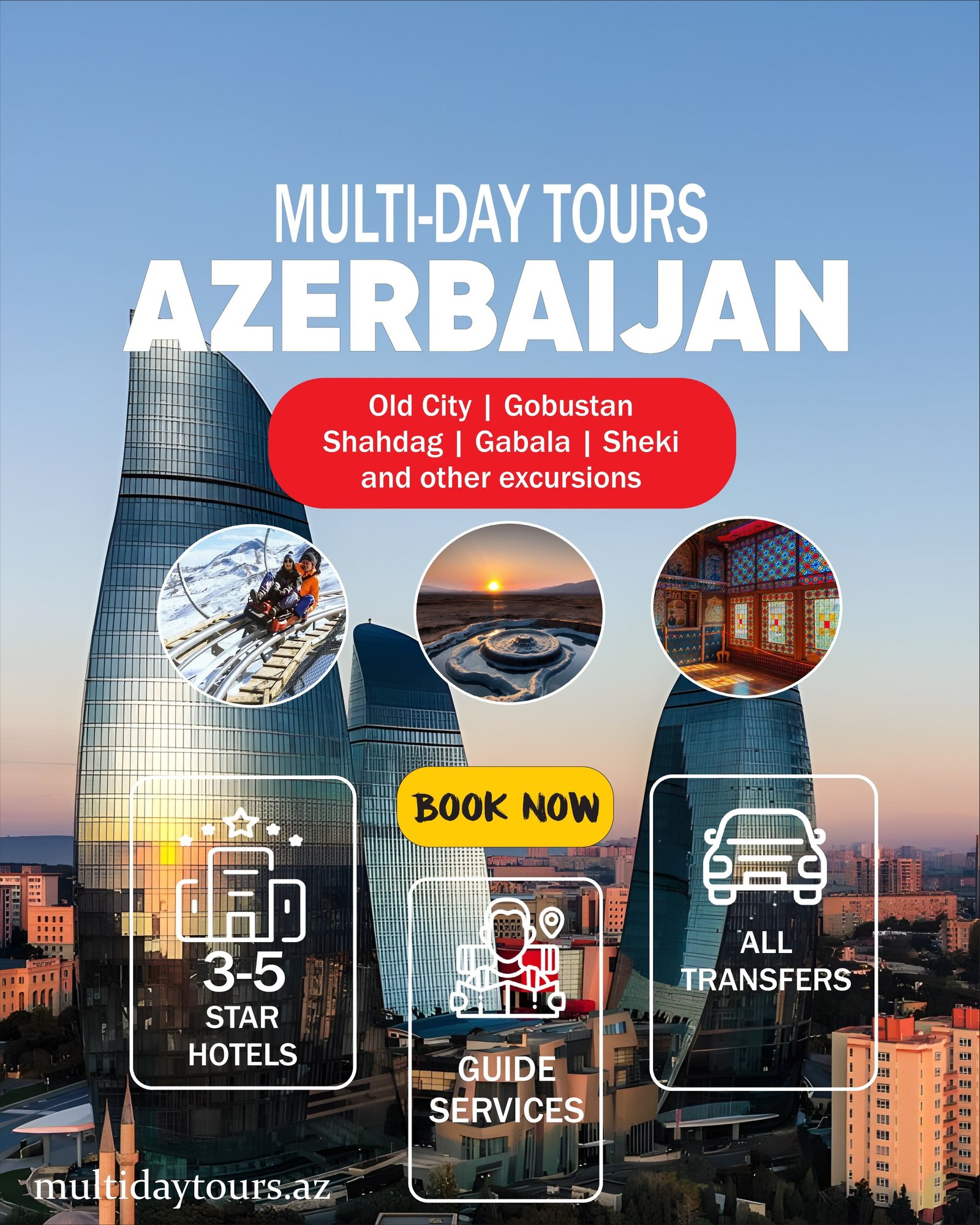
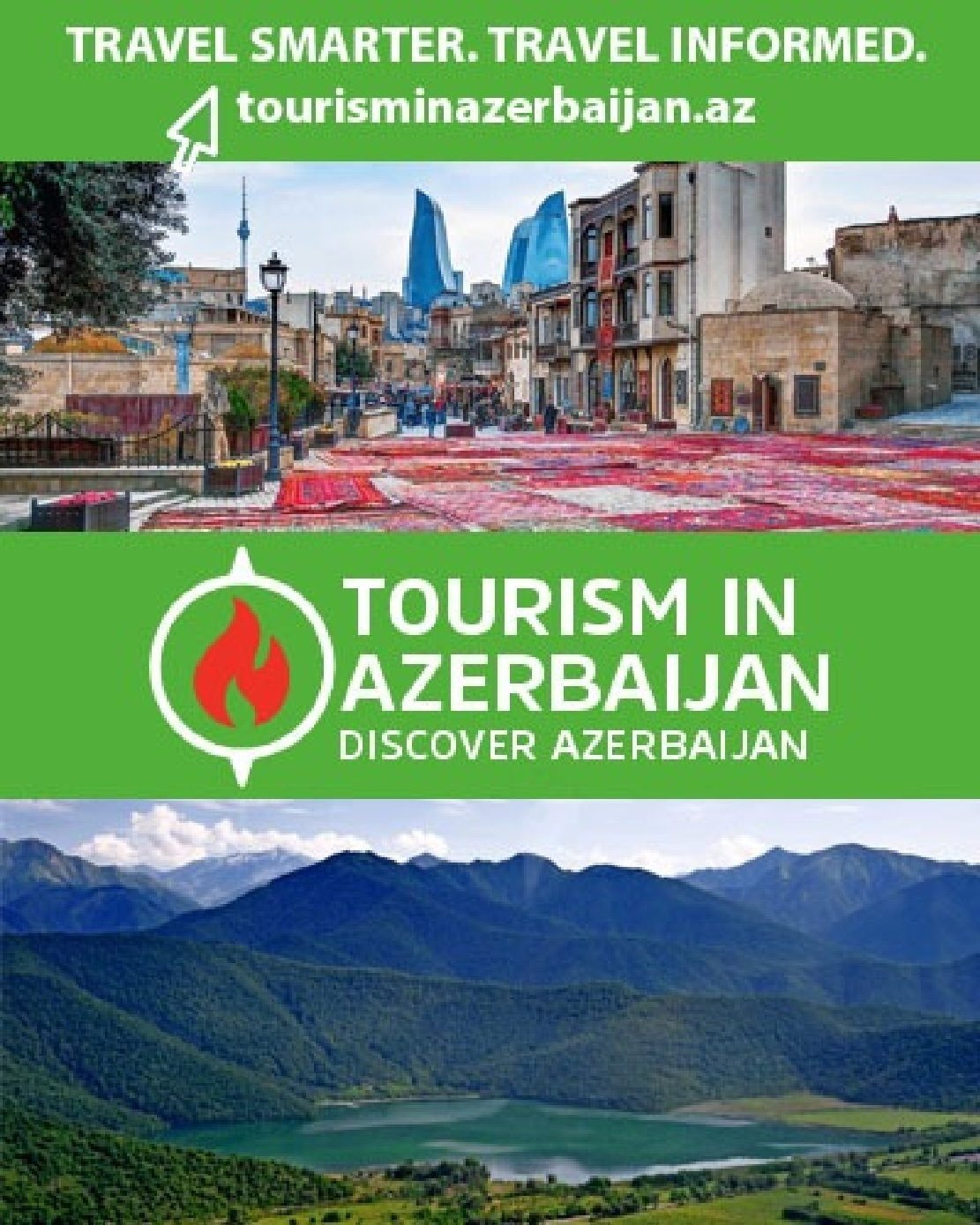


Comments
No comments yet.
Leave a Comment